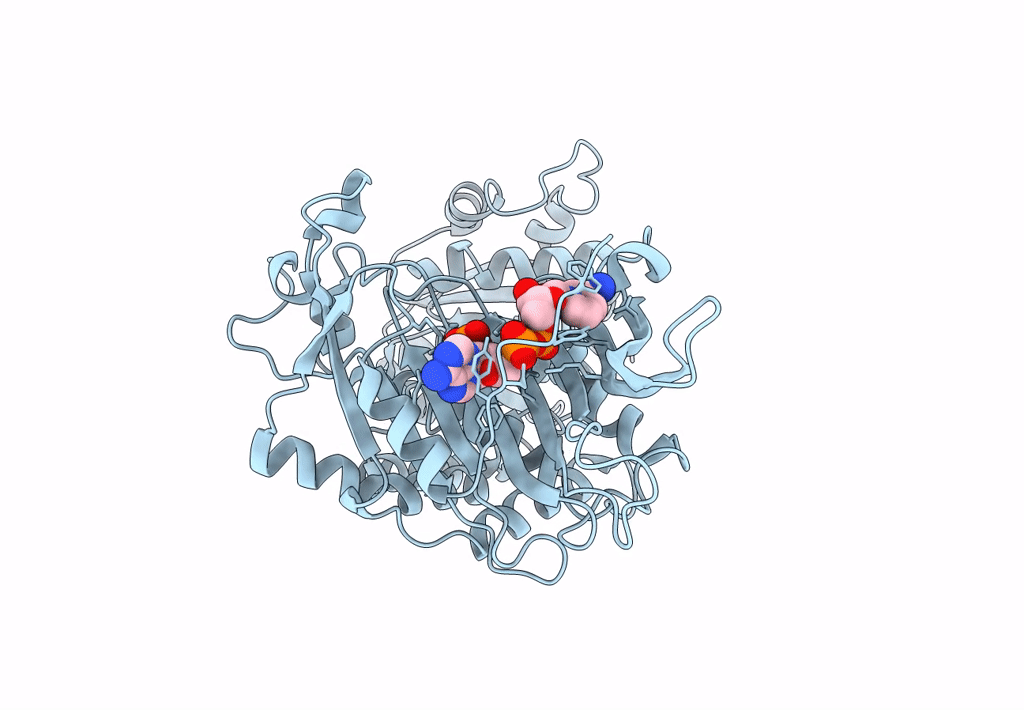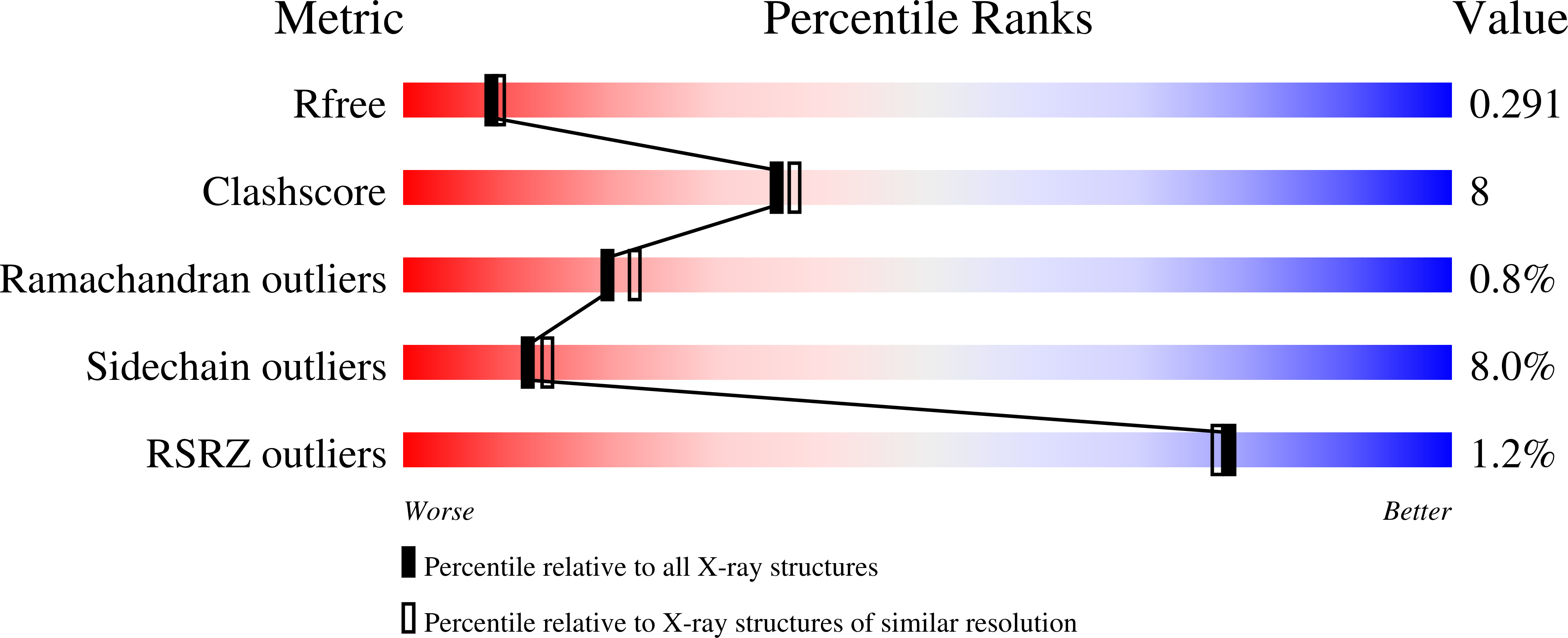
Deposition Date
2022-05-15
Release Date
2023-08-23
Last Version Date
2024-11-13
Entry Detail
PDB ID:
7ZVD
Keywords:
Title:
K89 acetylated glucose-6-phosphate dehydrogenase (G6PD) in a complex with structural NADP+
Biological Source:
Source Organism:
Homo sapiens (Taxon ID: 9606)
Host Organism:
Method Details:
Experimental Method:
Resolution:
2.46 Å
R-Value Free:
0.28
R-Value Work:
0.20
R-Value Observed:
0.21
Space Group:
F 2 2 2


